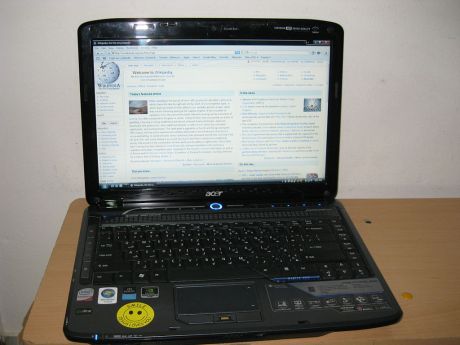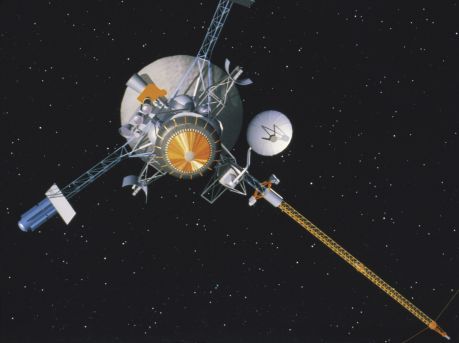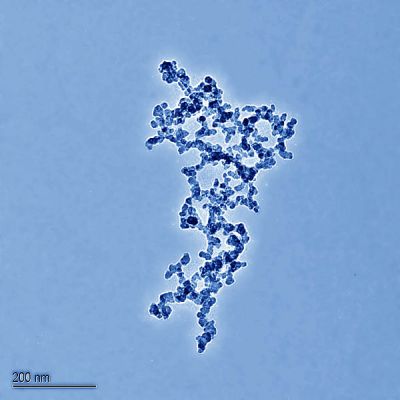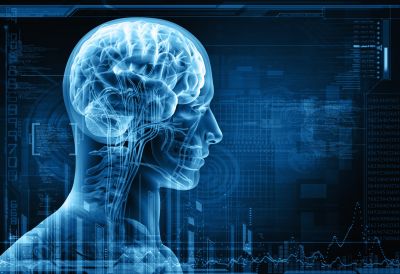
An EU team extended an earlier project, yielding a mashup system enabling companies to rapidly develop software applications. Offering new tools and interfaces, plus community interaction, the demonstrator was successfully applied to risk-analysis.

An EU team has provided new capability for transmission of high-quality remotely sensed video. Superior compression techniques overcame previous limitations, improving performance from low-power drones and offering new low-light applications.

An EU team advanced the concept of internet vision. Outcomes include two new algorithms for server-processing sets of digital photographs, which improve storage efficiency and 3D interpretation, plus extend smartphone battery life.

An EU team has developed associations among three universities. The research involved wireless broadband networks, potentially leading to significant performance improvement combined with lower power requirements.

Technology able to support multi-Gbits/s communication networks has been developed to transfer data from instruments to the mass memory and then to the downlink telemetry unit, but this was restricted to United States missions. An EU-funded project has remedied the situation.

An EU team examined the mathematical properties of networks. Focusing initially on internet applications, the results improve stability and efficiency, while also illustrating the interesting features of all other kinds of networks.

While creation of test beds for novel wireless cooperative networks was halted due to force majeure, a golden opportunity remains for a future EU-funded project to investigate this promising technology.

EU-funded researchers are working on a shared infrastructure with access to Earth observation (EO) data, high-performance computing solutions and near-real-time data ingestion.

The increasing demand for wireless devices and equipment is eating up available bandwidth at a faster rate than ever. Improved technologies in the field could help overcome the challenge.

The market for wireless sensors enabled by Bluetooth low energy (BLE) is rapidly growing in the healthcare and lifestyle sectors, but several challenges and issues persist with their operation. An EU initiative is working on an optimised BLE solution to address drawbacks.

Not much is known about the interaction between requirements engineering (RE) and systems architecting (SA), widely considered the two most important phases of the software development life cycle. An EU initiative has examined RE and SA processes to provide insight and improve operations and technology.

Although it may seem simpler to study the quantum world through theory rather than experiment, computing power can be limiting. Scientists have created an experimental quantum simulator that will enable practical tests of predictions and hypotheses.

Web applications that target Internet-enabled TV consumer electronics have different development requirements than PCs, PDAs or smartphones. Differing degrees of standards support inhibit the entry of small businesses into the market — a problem the W3TV project aims to resolve.

An EU team explored the concept of cooperative transmission in free-space optical (FSO) networks. They reported significant performance improvements verified through extensive simulation studies.

An EU team applied smartphone-style application (app) connectivity to cars. The idea enables almost unlimited information services, combining data from the car, environmental nodes or the user's social network, to improve control and efficiency.

Computational models shed light on interactions of important classes of nanoparticles with biological membranes. The results point the way to both potential hazards requiring further investigation as well as a new processing route for nanocarbon.

EU-funded scientists developed novel materials for efficient thermo-electric energy conversion.

Scientists in an EU-supported project have developed a microfluidic chip that simultaneously analyses the reactions of several human organ tissues when they come into contact with candidates for new drugs. The ground-breaking device could save millions of euros in drug development costs.

EGI offers scientists and researchers borderless access to distributed computing infrastructures.

According to Bayes' theorem, introduced by Thomas Bayes and presented in a paper in 1763, the probability of a certain state existing or being true can be updated according to new data. Computational models have shed light on possible neural mechanisms of Bayesian inference.

An EU-funded team developed software to control and coordinate autonomous vehicles. The modules allow groups of vehicles to communicate with a central station, facilitating the vehicles' smooth flow in traffic and maintenance of safe distances.

Experiments on the way emotion-eliciting news can change citizens' political perceptions and behaviour offer novel understanding. They indicate that positive emotional cues in the news create better emotional reactions and generate a positive influence on citizens' political behaviour.

Evolution of the Global Navigation Satellite System (GNSS) into a system of systems opens up a new world of satellite-based applications. EU-funded scientists have developed a multi-satellite receiver that will improve the integrity, precision and accuracy of positioning.

An EU team developed data systems that use statistical and probabilistic reasoning to reduce uncertainty. The project helped to unify such methods with conventional databases, in part by developing scalable algorithms and a variety of new tools.

European researchers have developed a wireless sensor system to monitor the safety of large infrastructure. The new system will not only potentially save lives when the structure is old, it is reducing costs during construction, too.






















